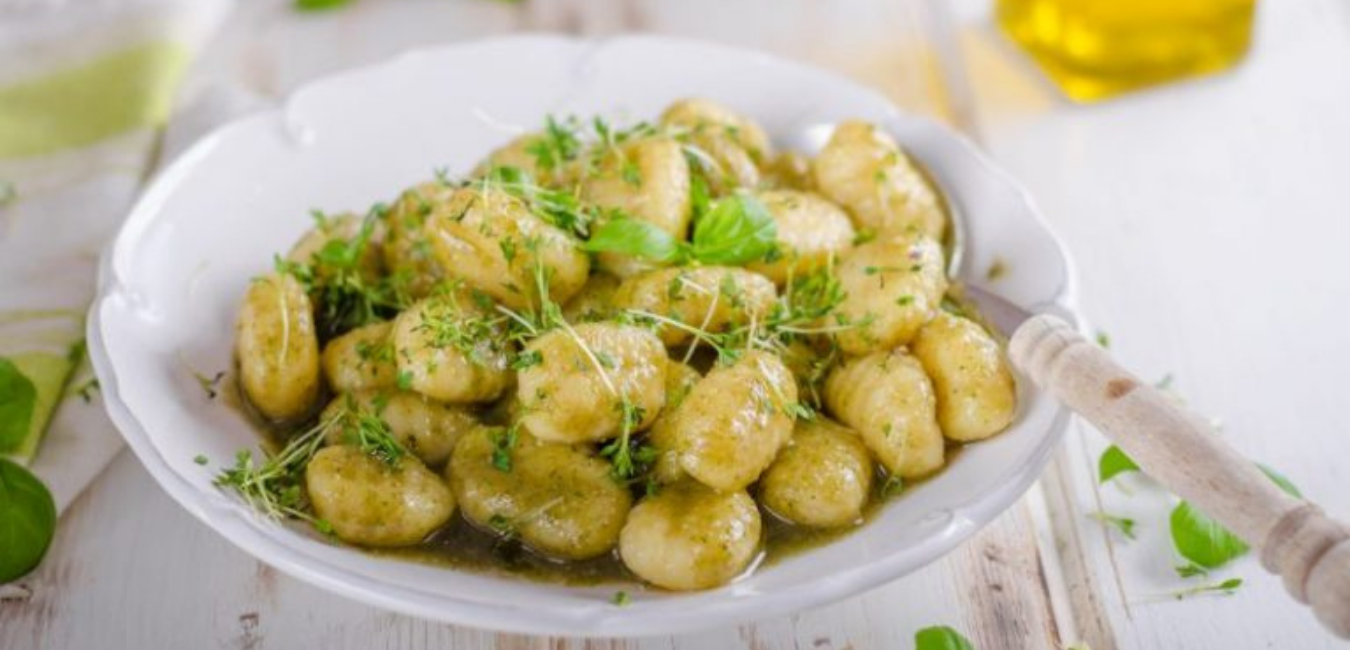Matcha craze sweeps the globe, but Japanese producers race to meet demand
What is matcha?
Matcha, which translates to “ground tea” in Japanese, is a fine green powder whisked with hot water or added to milk for popular drinks like the matcha latte. While green tea arrived in Japan from China in the ninth century for medicinal use, matcha specifically emerged in Kyoto during the 16th century as part of the formal Japanese tea ceremony, popularised by tea master Sen no Rikyu.
Today, matcha is available in various grades — from the high-end “ceremonial” quality used in tea rituals to more affordable “culinary” grades for baking and cooking.
How is it made?
The process of making matcha is intricate and labor-intensive. It starts with cultivating tencha leaves, which are shaded in the final weeks before harvest to boost their flavor, color, and nutritional profile. This shading requires building elaborate structures to limit sunlight exposure.
The hand-picked leaves, rich in chlorophyll and L-theanine — a compound linked to relaxation — are then steamed, dried, and carefully ground between traditional stone mills. Producing just 40 grams of matcha powder can take up to an hour, making it around twice as costly to produce as regular green tea.
Why do people drink it?
Matcha is prized not only for its smooth, grassy flavor but also for its health benefits. It contains high levels of antioxidants and about 48 milligrams of caffeine per cup — more than standard green tea but slightly less than drip coffee — which helps improve focus and alertness.
But beyond health, matcha’s growing appeal is cultural and aesthetic. “People are also attracted to the Japanese culture around tea: the ritual, the time taken, the aesthetics,” said Shigehito Nishikida, manager at Tokyo’s Jugetsudo tea shop.
A global phenomenon
Japan produced 4,176 tonnes of matcha in 2023 — up nearly threefold from 1,430 tonnes in 2012. Over half of this is exported, with the United States, Southeast Asia, Europe, Australia, and the Middle East among the biggest markets.
Social media has played a key role in driving the matcha boom, especially among Gen Z. Platforms like TikTok and Instagram are filled with tutorials on making matcha drinks, often featuring the traditional bamboo whisk known as the chasen.
“Gen Z really drove this enthusiasm for matcha, and they heavily relied on social media to do so,” said Stevie Youssef, a marketing professional in Los Angeles.
Beyond beverages, matcha is also making its way into food, from pastries to pasta, widening its global appeal.
“Some customers enjoy drinking it, others like preparing it themselves. And of course, many buy it as a gift — Japanese matcha is always appreciated,” added Nishikida.
Share this article:












